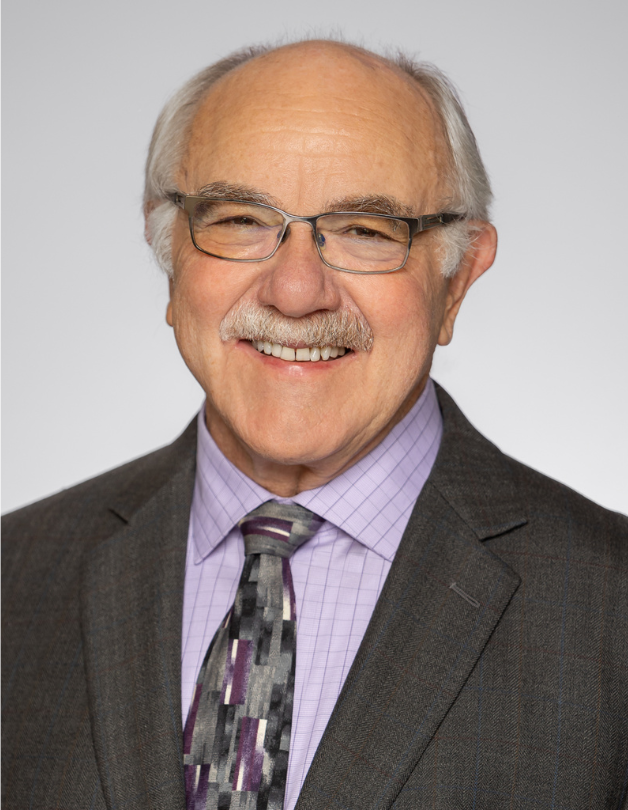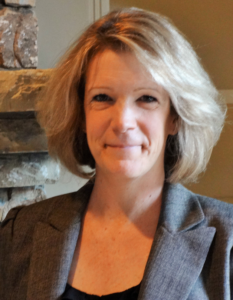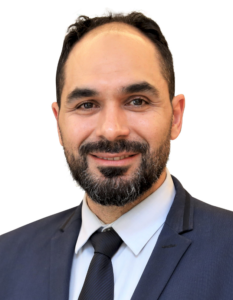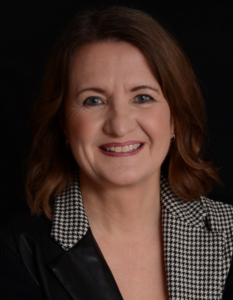Your cart is currently empty!
Read more detail on some of the many stories in the book and review a selection of full case studies.
Chip Huth had an extraordinary career with the Kansas City Police Department and now works as a consultant with Arbinger Institute. His case study, described in the book, has been published in a new book, Proving the Value of Leadership Development: Real Studies from Top Leadership Development Providers.
Paula Patel’s case study highlights the importance of taking the initiative of showing the value of something that is now very important, remote working. The basics that Paula pursued are fundamental to showing the value of working at home. A published case study from Family Mutual Insurance describes the value of working from home.
Anna Chen’s story illustrates how a schoolteacher turned principal took the initiative to show the value of the Seven Habits Program from Steven R. Covey. Her story, with her real name, is presented in the revised edition of the book, The Leader in Me: How Schools Around the World Are Inspiring Greatness, One Child at a Time (Simon & Schuster, 2014).
Sarah Robertson’s story is an excellent example of what needs to be done to bring more accountability to government programs. It is also a lesson to not wait until someone asks you to provide the data that you think a decision maker or funder needs to see the program’s success. Waiting until someone asks for it may be too late, as Sarah experienced. Also, there’s a lesson for people who fund projects: to put the project’s defined expectation of success in terms that everyone can see and understand.
Ginger Lutrell, Rebecca Benson, and Xing Wang’s studies each identify different issues around having the right solution. Sometimes, the solution is obvious, as in the case of Ginger. Her experience and what she had observed made it clear that the superuser role was needed. In Rebecca Benson’s case, she took it on herself to conduct the analysis to uncover the cause of the problem, which led to the right solution. In Xing Wang’s case, he used a team of individuals to conduct the analysis that uncovered the various causes of the problem, which led to the right solution.
Linda Green’s story is an excellent case study that combines the needs at different levels and the importance of clearly defining them. Taking this approach makes it easy to set objectives and prepares the program for evaluation.
Martin Burt’s story is an excellent example of having detailed objectives developed with a measurement system built into it. This is probably why the Poverty Stoplight program is often viewed as one of the world’s most important and successful poverty elimination programs. It has now been implemented in many countries and experienced much success. It also works quite well in developed countries, such as the USA and European countries.
Jose Petrini’s case study outlines the power of having objectives. So many times, objectives are not developed at the different outcome levels. A trade show exhibit is a good example. Although there may be impact objectives to develop new clients or to increase sales with existing clients, having objectives for reaction, learning, and application are the ways to obtain success in those two important measures. Without objectives, success is left more to chance than achieved with clearly driven outcomes.
Lydia Johnson’s case study shows what happens when you don’t have objectives and haven’t even thought about them. The lesson is to create these objectives to drive success.
Suzette Haywood’s case study shows how a proper design and motivated participants can drive results even if you didn’t plan for impact measures along the way. This is encouraging to many individuals. The entire case study is published in Proving the Value of Leadership Development: Real Studies from Top Leadership Development Providers.
The Renew America Together case study points out the need for nonprofits to focus on impact. It’s not enough to create awareness or even get people to do something. It is the consequence of action, impact that is needed. General Wesley Clark and Mary Lee Smith’s story is an excellent example of how the program was designed in the beginning to deliver impact. It also underscores the necessity of collecting data over a long period of time. If you have a program that lasts six months to one year, long-term data collection will be needed.
Suzanne Schell’s case study provides an excellent example of using experimental versus control group method to isolate your program’s effects. It also illustrates the power of using a small sample. In this story, they used a small sample to make a case for a larger sample, only to have the funding executives conclude that a larger sample was not necessarily needed. As it turns out, this method is now used across the Canadian Health System.
Darnell Johnson’s story illustrates the power of using websites and researching data. It also provides insight into ensuring that the data is credible. The data should come from a respected source and be unbiased. The website should not have sponsors or ads that could influence the data and results. The website clearly shows how the data are arrived, the assumptions made, what it includes, and maybe even where it’s being used by other organizations.
Gloria William’s case study is referenced in the book, download it for a complete description of the case study.
Jessica Kriegel continues to be a success in her career. She credits this to her ability to show the value of what she does as an essential part. Her case study on onboarding millennials into an organization appears in her book, Unfairly Labeled, and is presented here as a downloadable case study.
Kaycee Buckley’s case study is important because it shows how a negative study isn’t always accepted negatively. The complete case study is also available to download.


























